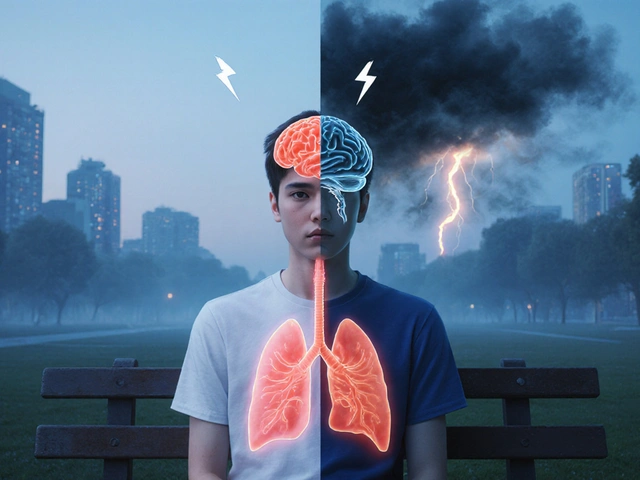Nasal Congestion Relief: Causes, Quick Fixes & Home Remedies
Got a blocked nose that won’t quit? You’re not alone. Nasal congestion shows up when the tissues inside your nose swell, making breathing feel like a battle. Below you’ll find the most common reasons it happens and practical steps you can take today to breathe easier.
What makes your nose stuffy?
Allergies top the list. Pollen, dust mites, or pet dander can trigger an immune response that inflames nasal passages. A cold or flu does the same thing, but the swelling comes with extra mucus and sneezing. Sinus infections add pressure and a thick, yellow discharge that refuses to clear. Even dry indoor air can dry out the lining, causing irritation and a feeling of blockage.
Medications sometimes play a sneaky role. Some blood pressure pills, like beta blockers, can tighten blood vessels in the nose and make you feel congested. Hormonal changes during pregnancy or from birth‑control pills also crank up blood flow to the nasal lining, leading to a persistent stuffy feeling.
Quick ways to clear the congestion
Start with a saline rinse. Mixing a half‑teaspoon of salt in warm water and using a neti pot or squeeze bottle washes out excess mucus and allergens. It’s cheap, safe, and you’ll notice relief within minutes.
Steam works wonders, too. A hot shower or a bowl of steaming water (towel over your head) loosens the sticky mucus. Adding a few drops of eucalyptus oil can open the airways further, but keep it away from kids.
If you need faster relief, an over‑the‑counter decongestant spray can shrink the swollen tissue in 15‑30 minutes. Use it for no more than three days in a row; longer use can actually make the congestion worse.
Stay hydrated. Drinking water, herbal tea, or clear broth thins the mucus, making it easier to clear. Avoid caffeine and alcohol, which can dehydrate you and worsen the blockage.
Lastly, consider a humidifier in your bedroom. Adding moisture to the air prevents the nasal lining from drying out overnight, so you wake up with clearer passages.
When home tricks don’t cut it, or if you notice fever, facial pain, or discharge that lasts more than ten days, it’s time to see a doctor. They can check for sinus infection, prescribe stronger meds, or suggest allergy testing.
Remember, nasal congestion is usually a sign that something in your environment or body is irritating the nose. By spotting the cause and using a few simple tools, you can get back to breathing easy without relying on endless meds.





